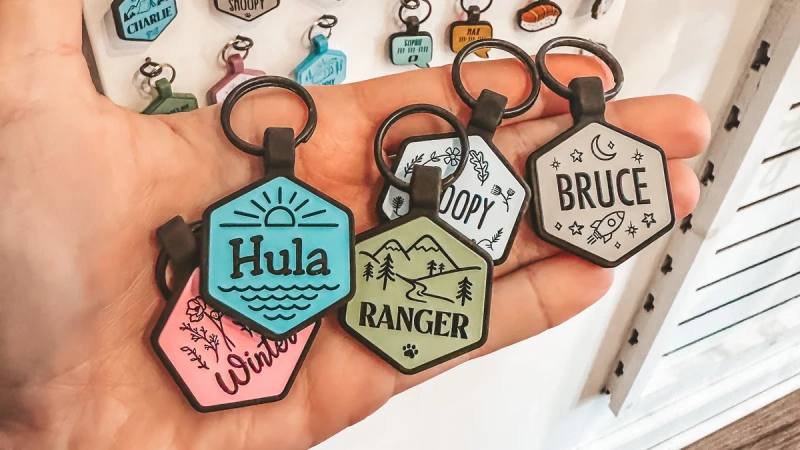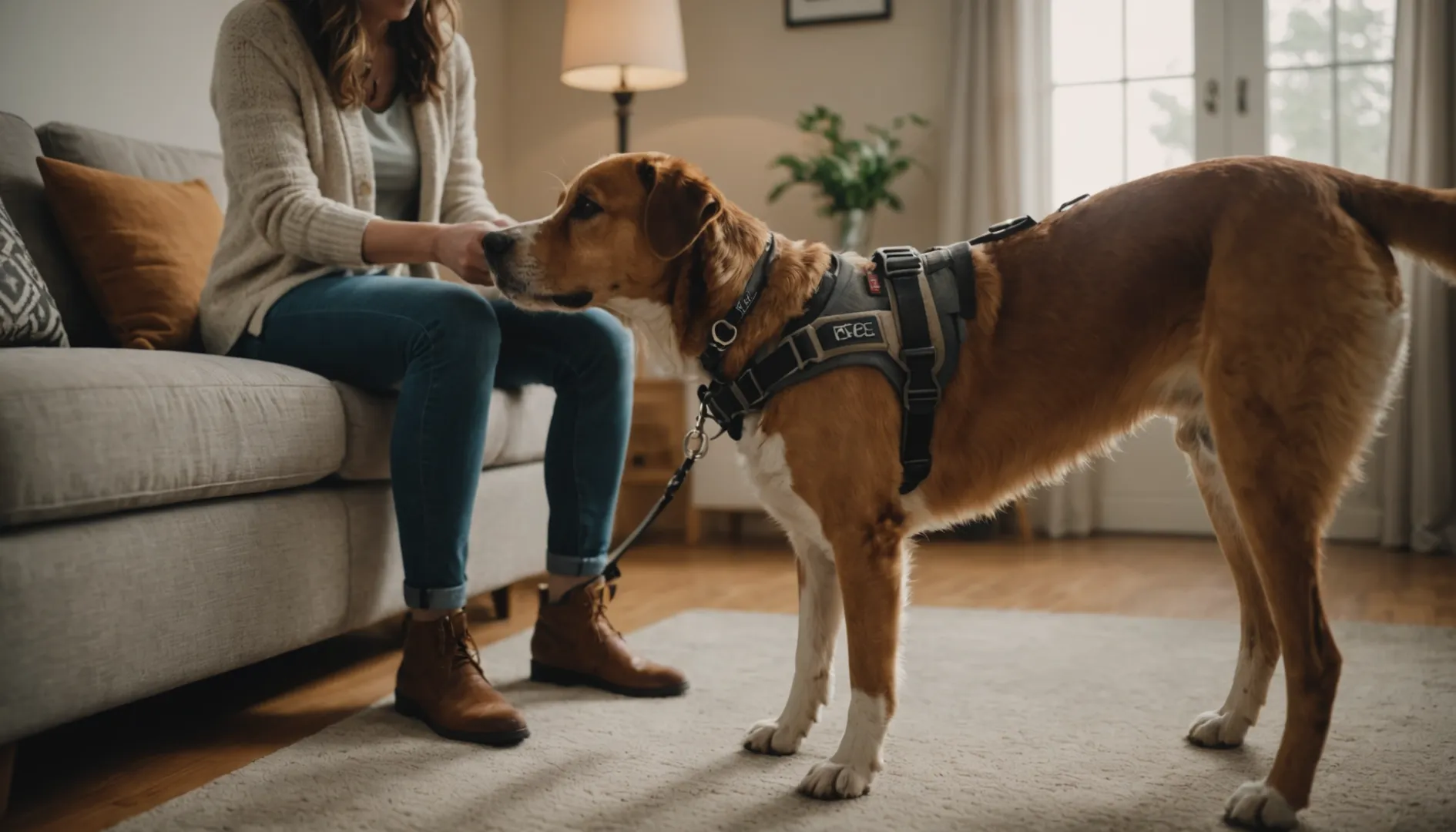
Struggling to get your furry friend into a harness? You’re not alone—I’ve been there too!
To successfully harness a resistant dog, first understand her hesitation, pick a comfy harness, and introduce it slowly with treats and praise to build positive connections.
I remember the first time I tried to put a harness on my dog. It felt like an epic battle of wills. But once I realized that her resistance was more about fear than defiance, things started to change. By taking the time to find a harness that didn’t feel like a straightjacket and introducing it with her favorite treats, we turned the process into a game rather than a struggle. Let’s explore how you can do the same.
A snug harness is less stressful for dogs.True
A properly fitted harness ensures comfort and reduces anxiety.
Forcing a harness on a dog is effective.False
Forcing can increase anxiety and resistance in dogs.
Why Does My Dog Hate Wearing a Harness?
Struggling to get your dog to wear a harness? You’re not alone! Let’s explore why they might resist.
Dogs may hate wearing a harness due to discomfort, unfamiliarity, or past negative experiences. Ensuring a proper fit and creating positive associations can help.
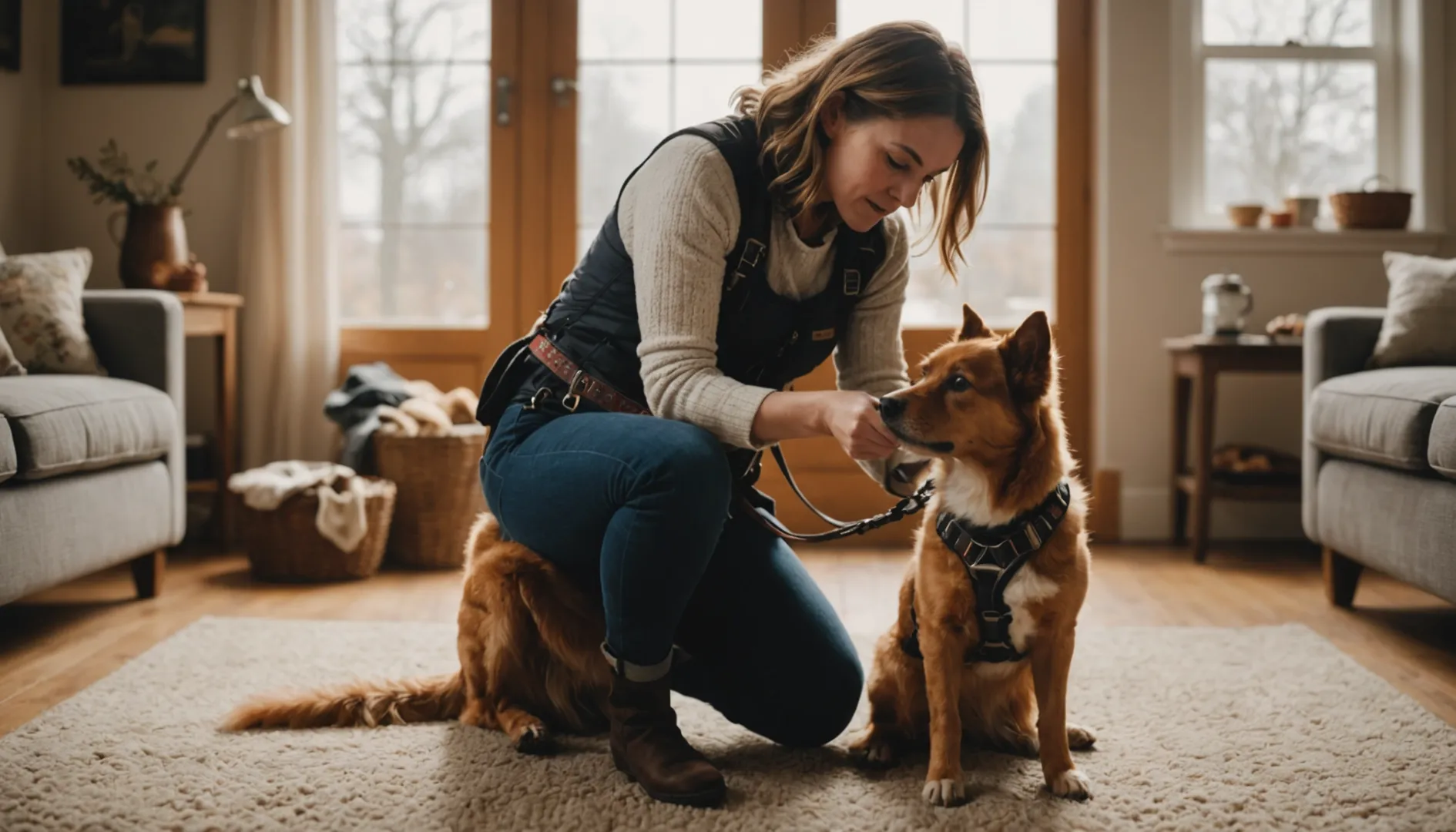
Understanding Discomfort and Fit
I remember the first time I tried to put a harness on my dog. It was like trying to dress a whirling dervish. The discomfort must have been immediate because she twisted and turned like she was in a dance-off. I quickly realized the harness was too snug and probably felt like a straitjacket. That’s when I learned that a well-fitting harness is crucial. It should fit snugly yet comfortably, allowing enough room for two fingers under the straps. Consider designs with adjustable straps and padding, like a no-pull harness1, especially if your dog is sensitive.
The Role of Past Experiences
I always wonder if my dog had a run-in with an uncomfortable harness before she came to me. It’s not just the harness—it could be anything that left a bad taste. If only dogs could talk, right? To counteract any negative memories, I’ve found that introducing the harness in a low-pressure way helps. Letting her sniff and explore it while doling out treats has made a world of difference. Gradual exposure—just letting her wear it around the house for short periods—has slowly turned the harness from foe to friend through gradual desensitization2.
Behavioral Factors and Training Gaps
I’ll admit, at first, my training game wasn’t strong. I assumed she would just "get it," but I quickly learned that’s not how dogs operate. Like introducing any new item, it takes patience and familiarity. Letting her explore the harness without immediately putting it on helped reduce her apprehension. Using distraction techniques3 like toys or treats during the process turned it into more of a game than a chore. With regular practice, she’s become far more comfortable with the whole ordeal.
Exploring Anxiety and Fear
My dog tends to be anxious about anything new, so introducing a harness was no exception. I’ve learned to create a calm environment before even thinking about touching the harness. Soft words, gentle coaxing, and plenty of treats have eased her anxiety considerably. If this approach doesn’t work for you, consider reaching out to a professional dog trainer4 who can tailor strategies to your dog’s specific needs and fears.
In the end, it’s all about patience and understanding your dog’s unique personality and needs. Each step we take together is a step towards more enjoyable walks and adventures.
A proper fit prevents harness discomfort.True
A well-fitted harness avoids chafing and allows free movement.
Forcing a harness reduces anxiety in dogs.False
Forcing can increase anxiety; a calm approach is recommended.
What Are the Best Types of Harnesses for Resistant Dogs?
Navigating the world of dog harnesses can be daunting, especially if your pup resists. Let’s explore harnesses that could transform your walks from tug-of-war to a delightful stroll.
The best harnesses for resistant dogs are no-pull, front-clip, and escape-proof designs. These options provide control while ensuring comfort, making walks more enjoyable for both dogs and their owners. Opt for a harness with a snug fit and padded straps to encourage your dog’s willingness to wear it.
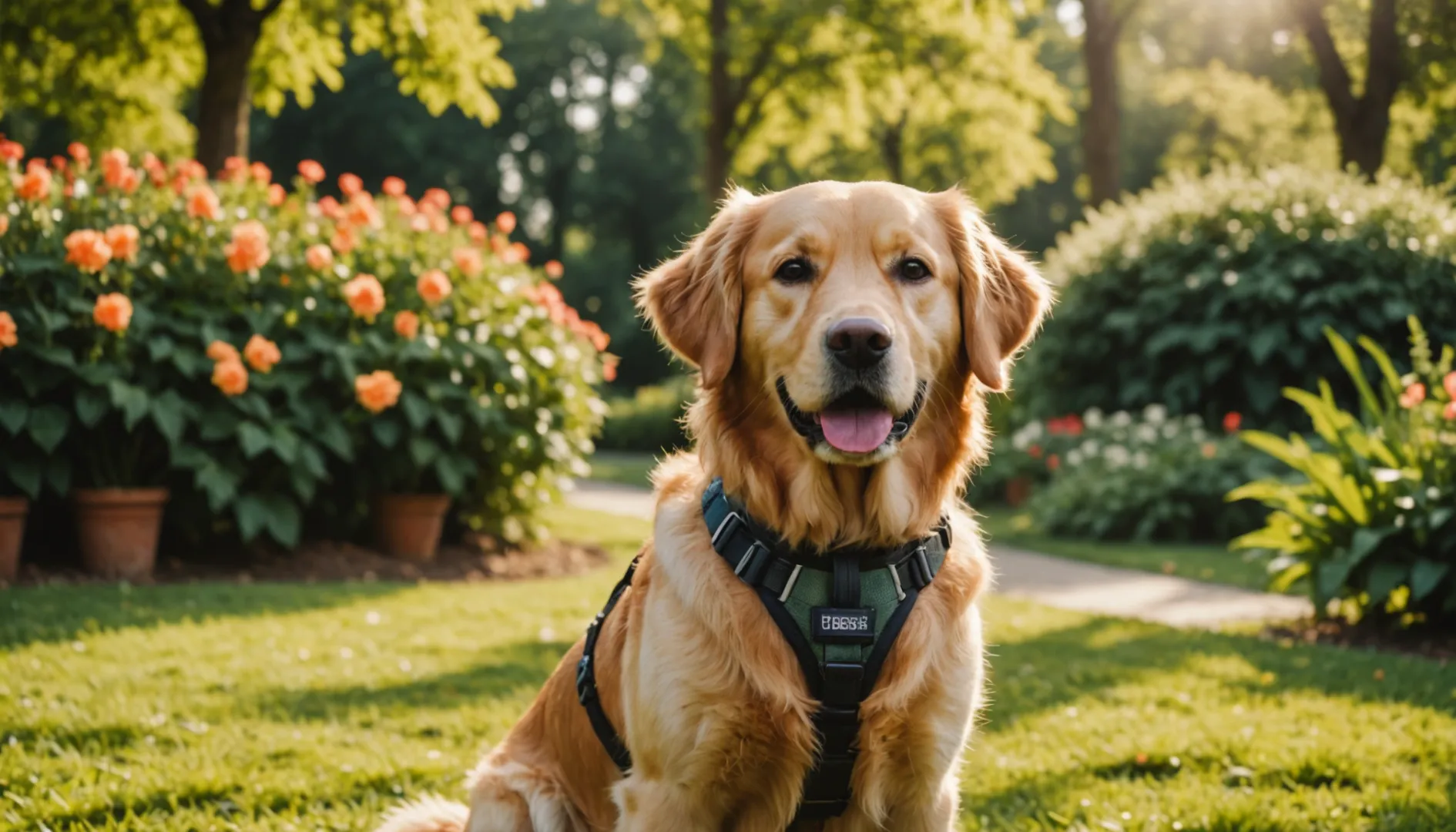
Understanding No-Pull Harnesses
I’ll never forget the day I first tried a no-pull harness on my overly enthusiastic pup. We went from being dragged down the street to walking in harmony. No-pull harnesses are crafted to gently redirect your dog’s forward momentum, typically with a front clip at the chest. This simple design shift made all the difference for us.
Some popular options, like the Freedom No-Pull Harness5, offer dual leash attachment points and a patented control loop on the back. This feature ensures that any pulling doesn’t lead to discomfort but rather gently guides your dog back towards you. Adjustable straps are a game-changer—they allow for that perfect fit that won’t chafe or restrict movement.
Exploring Front-Clip Harnesses
Front-clip harnesses have been a lifesaver in training my spirited young dog. By attaching the leash to a ring on the chest, these harnesses give you better control over direction, which is perfect when you’re trying to teach your pup not to pull. I remember using the PetSafe Easy Walk6 with my first dog, and it was like having power steering on our walks!
The Advantage of Escape-Proof Harnesses
If your dog is anything like mine—part Houdini when it comes to slipping out of harnesses—then escape-proof options are a must. These are especially great for anxious or particularly clever dogs. The Ruffwear Web Master7 is a personal favorite, with its five adjustment points and padded handle for tricky situations. I’ve taken my dog on many adventures where safety was paramount, and this harness always gave me peace of mind.
Importance of Proper Fit and Material
No matter the type of harness you choose, the fit is crucial. It should be snug yet comfortable, allowing two fingers’ width between the harness and your dog’s body. I learned early on that materials like padded nylon or breathable mesh can make a big difference in comfort, especially for sensitive dogs.
When selecting a harness, consider your dog’s size and behavior. For those who resist due to discomfort, choosing models with soft padding or lightweight designs can significantly change their attitude towards wearing one. A well-chosen harness not only ensures comfort and security during outings but also promotes positive walking experiences over time.
A snug harness prevents dog discomfort.True
A well-fitting harness allows movement and avoids chafing.
Forcing a harness reduces dog anxiety.False
Forcing can increase anxiety; gentle methods are recommended.
How Can I Use Positive Reinforcement to Help My Dog?
Imagine turning dog training into a fun game for you and your furry companion!
Positive reinforcement is all about rewarding your dog when they do something right, making them want to do it again. Use treats, praise, or play as rewards right after the behavior you want. Consistent timing is crucial. This method not only improves behavior but also strengthens your bond with your dog.
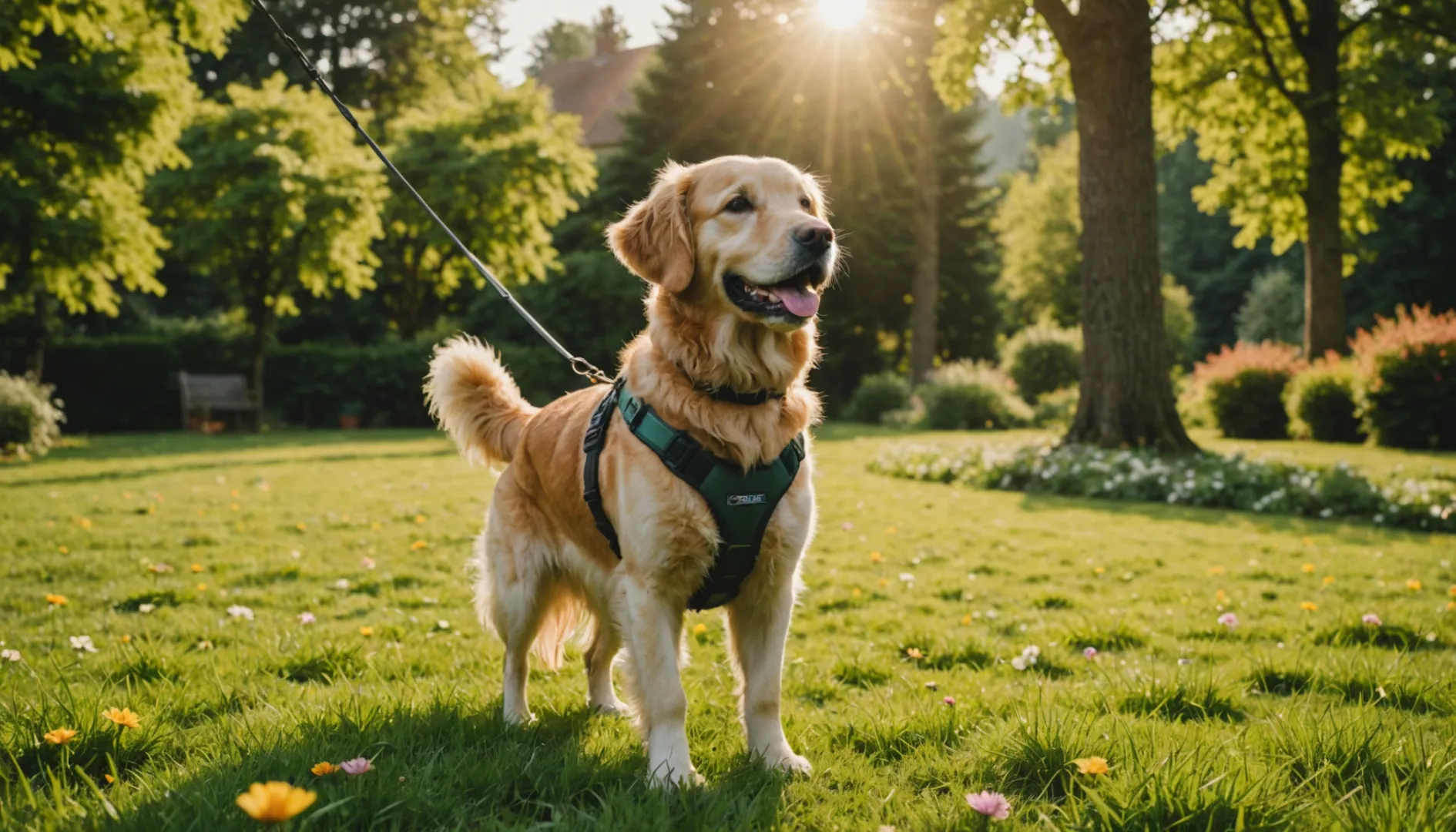
Understanding Positive Reinforcement
Picture this: my dog, Max, absolutely loves it when I give him a treat after he sits on command. That wagging tail and those bright eyes say it all! Positive reinforcement is a training approach where you reward your dog for the behaviors you want to see more of. Unlike other methods that might make dogs anxious or fearful, this one builds trust between us. So, when Max sits as soon as I say "sit," I immediately reward him with his favorite biscuit or a big "Good boy!" It makes the action rewarding for him and encourages him to do it again. This creates a positive association8 between the action and the reward.
Choosing the Right Rewards
Finding the right reward for your pup can feel like discovering their secret love language. For Max, it’s definitely those crunchy chicken treats, but your dog might light up at a game of fetch or even just your enthusiastic praise. The trick is to give them the reward right after the good behavior so they know exactly what they’re being praised for. It’s like catching that perfect moment when your friend finally gets the punchline of your joke—timing is crucial9!
Implementing Consistent Training Sessions
Consistency was key for us. Max got used to a routine where every family member gave the same commands and rewards. We started with "sit" and "stay," just like teaching a toddler their first words. Our sessions were short and sweet, avoiding the dreaded "too much too soon" syndrome. Regular practice sessions should be engaging to avoid fatigue or frustration.
Addressing Challenges with Patience
Let me tell you, not every day was smooth sailing. Sometimes Max would look at me like I’d asked him to solve a math problem instead of "stay." But breaking down each task into bite-sized steps helped tremendously. I’d reward even the smallest progress, which kept his spirits up and mine too! When things got really tricky, I found guidance from a professional trainer10 who understood Max’s quirks and helped tailor strategies just for him. It reminded me that patience and persistence truly pay off.
A snug harness prevents discomfort in dogs.True
A properly fitted harness ensures comfort, allowing free movement without chafing.
Forcing a harness on a dog reduces anxiety.False
Forcing can increase anxiety; a gentle approach with treats is recommended.
When Should I Seek Professional Help for My Dog’s Harness Issues?
Ever felt that knot in your stomach when your dog resists the harness yet again? Let’s explore when it’s time to seek expert help.
If your dog consistently resists the harness, seems anxious, or displays aggressive behavior, it’s time to call a professional. Certified dog trainers and behaviorists offer personalized strategies to ensure your dog’s comfort and safety, transforming walks into a joyful experience for both of you.

Recognizing Persistent Resistance
I’ve been there—eagerly planning a walk only to face a stubborn pup who just won’t budge. If your dog persistently resists despite treats and praise, it may signal deeper issues. This is where a professional can step in, uncovering the root causes and crafting a plan just for your furry friend. Prolonged resistance could indicate deeper behavioral issues that need expert intervention11.
Addressing Anxiety and Fear
Once, I noticed my dog trembling at the sight of her harness, and it broke my heart. If your dog shows anxiety, like hiding or barking excessively, it might be time for expert guidance. These reactions could stem from past traumas, and behaviorists can use gentle methods like desensitization to turn fear into curiosity. A behaviorist can employ techniques like desensitization and counter-conditioning to build a positive relationship between your dog and the harness.
Handling Aggressive Behavior
Aggression can be alarming. I’ve seen dogs growl or snap during harnessing, and it’s crucial to address this swiftly. A certified trainer uses safe techniques to calm such behaviors, turning harnessing into a peaceful routine. It’s crucial to seek professional help to prevent these behaviors from escalating.
Dealing with Physical Discomfort
My dog once wriggled uncomfortably in a poorly fitting harness, and I felt guilty for not noticing sooner. If your pet shows signs of discomfort, like chafing or limited movement, a pro can guide you to the right harness fit, preventing future distress and making those walks enjoyable again. Professionals can assist in selecting the right type of harness for your dog’s breed and size designed for mobility12.
Understanding Behavioral Changes
Sudden changes in behavior can be a red flag. I’ve learned that increased aggression or anxiety might hint at health issues or environmental stressors. Consulting with a vet or behaviorist can provide insights and solutions, enhancing your dog’s well-being. For more detailed insight into potential underlying conditions, consulting a vet could provide the necessary medical evaluation13. It’s always reassuring to know you’re not alone in figuring out what’s best for your pup.
Dogs resist harnesses due to past negative experiences.True
Past negative experiences can cause fear or anxiety towards harnesses.
All dogs immediately accept wearing a harness.False
Many dogs need gradual introduction and positive reinforcement to accept harnesses.
Conclusion
Learn effective strategies to help your dog accept a harness, including understanding resistance, choosing the right fit, using positive reinforcement, and gradually introducing the harness for stress-free walks.
-
Learn how no-pull designs enhance comfort and control during walks. ↩
-
Discover techniques to build positive associations with new gear. ↩
-
Explore methods to ease the process with engaging distractions. ↩
-
Gain insights into personalized solutions for stubborn resistance. ↩
-
Discover why this is a top choice for reducing pulling. ↩
-
Learn how this harness aids in leash training. ↩
-
Find out why it’s perfect for escape-prone dogs. ↩
-
Learn how this technique encourages repeated good behavior. ↩
-
Understand why immediate rewards are crucial for learning. ↩
-
Connect with experts for tailored training solutions. ↩
-
Discover when a dog trainer’s intervention is necessary. ↩
-
Learn about harness designs that ensure comfort and mobility. ↩
-
Find out when a vet’s evaluation is needed for behavior shifts. ↩


